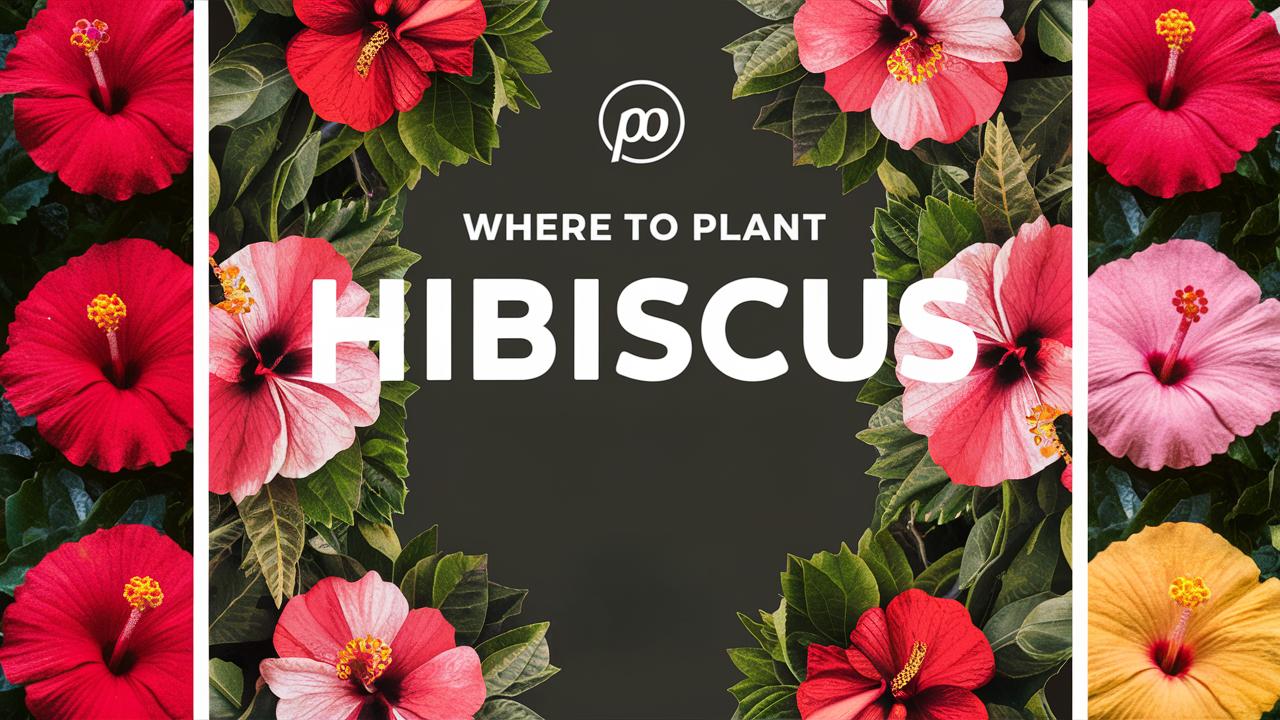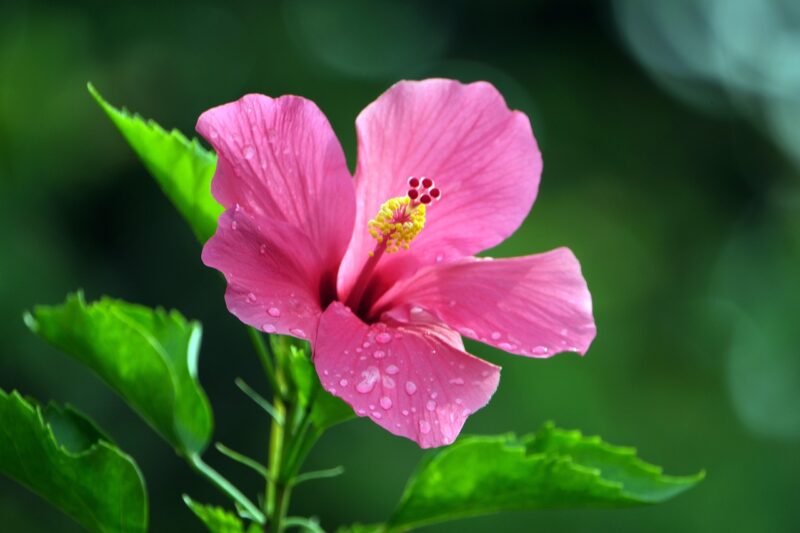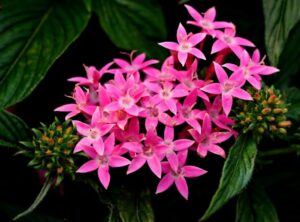This guide will help you choose the best locations and conditions for planting hibiscus, their growth habits, and tips for care throughout the seasons.
Understanding Hibiscus: Types and Characteristics
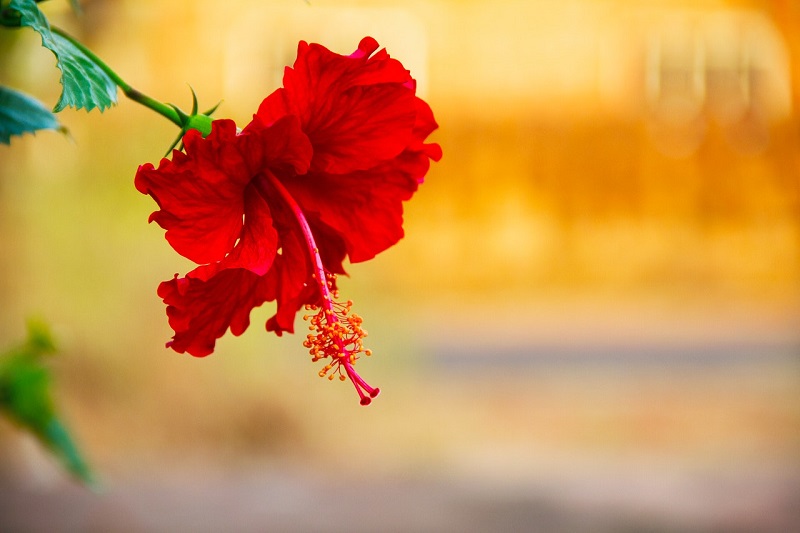
Before diving into the specifics of where to plant hibiscus, it’s essential to understand the different types of hibiscus and their growth habits. There are three primary types of hibiscus commonly cultivated:
Tropical Hibiscus: These are perennial plants that thrive in warm climates. They produce large, showy flowers and often grow taller than their hardy counterparts. Tropical hibiscus prefers full sun and needs a humid environment, making them suitable for USDA zones 9-11.
Hardy Hibiscus: Also known as perennial hibiscus, these plants are robust and can survive colder climates. They die back in winter but return in spring. Hardy hibiscus blooms during late summer to fall and prefers full sun as well but can tolerate some shade. They thrive in USDA zones 4-9.
Rose-of-Sharon (Hibiscus syriacus): This variety is a deciduous shrub. It can grow quite tall and produces flowers throughout summer. Rose-of-Sharon is adaptable to various soil types and can tolerate partial shade, making it a versatile option for gardens in USDA zones 5-8.
Understanding the specific variety you want to plant not only informs you of their care requirements but also helps you identify the best location based on their needs.
Ideal Conditions for Planting Hibiscus
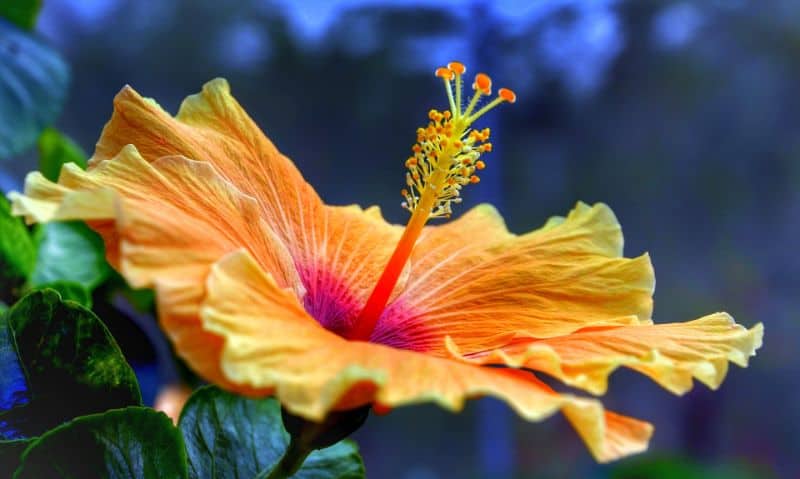
Hibiscus plants thrive under particular conditions that mimic their natural habitats. Keeping these preferences in mind will help you select the most suitable planting location.
Light Requirements
Hibiscus, regardless of their type, generally favor full sunlight. At a minimum, they should receive 6-8 hours of direct sunlight daily. Too little light may result in fewer blooms and weaker growth. If you are planting in partial shade, only certain hardy varieties will manage to thrive, and it’s wise to choose a spot that still captures at least a few hours of sunlight.
Soil Preferences
The soil quality greatly impacts the health and blooming potential of hibiscus plants. Here are some essential soil characteristics to consider:
Well-Draining: Hibiscus plants cannot tolerate standing water. They prefer well-draining soil to prevent root rot. Sandy loam or slightly acidic soils are ideal.
Moisture Retention: Although well-drained, hibiscus plants do enjoy moisture. Incorporating organic matter like compost can enhance soil structure, promoting water retention without waterlogging.
Nutrient-Rich: Hibiscus plants thrive in rich soil filled with nutrients. Regularly amending your soil with compost or floral fertilizers can stimulate blooming and overall growth.
Temperature and Climate
Both tropical and hardy hibiscus plants have specific temperature tolerances. The general recommendation is:
Tropical Hibiscus: Require warm temperatures (ideally between 70°F to 85°F). They can suffer when temperatures drop below 50°F, making them ideal for warmer regions. In cooler climates, they can be brought indoors during the winter months.
Hardy Hibiscus: Known for their resilience, they can endure winters and thrive in climates with seasonal temperature fluctuations. They generally prefer moderate temperatures and should be planted where they can benefit from seasonal wetness during the growing season.
Selecting the Best Location in Your Garden
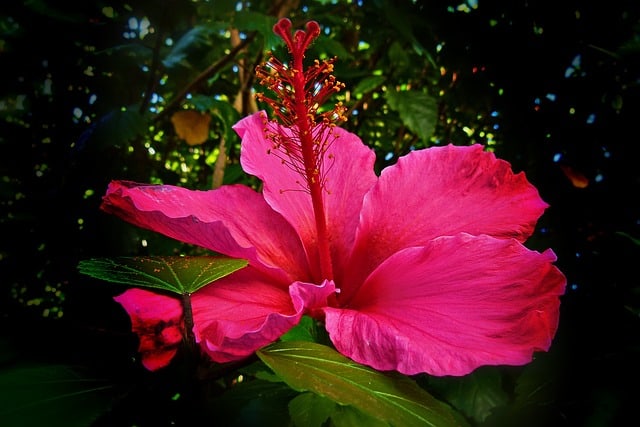
Where you choose to plant hibiscus within your outdoor space can significantly affect their success and beauty.
1. Sunny Borders or Beds
For optimum growth, plant your hibiscus in a location that receives full sun. A southern exposure is ideal, allowing the plants to bask in direct sunlight, promoting vibrant blooms.
Flower Beds: Hibiscus can serve as a stunning focal point in flower beds. When combined with shorter flowering plants, their tall, broad leaves and colorful blooms provide an impressive display.
Utilizing Borders: Consider planting hibiscus as a border along pathways. Their visual appeal helps guide visitors through the garden while drawing attention to various sections.
2. Patios and Decks
Container gardening is an excellent option for tropical hibiscus, particularly in cooler climates. Placing pots on sunny patios or decks allows for easy movement depending on weather conditions.
Container Considerations: Choose spacious pots that provide adequate drainage and fill them with a quality potting mix. Ensure they receive enough sunlight, rotating pots as necessary to maximize exposure.
Environmental Control: By planting hibiscus in pots, you have the added benefit of moving your plants indoors during colder months. This flexibility keeps them healthy and protected.
3. Backyards or Gardens with Wind Protection
Hibiscus can be vulnerable to strong winds, particularly those with larger blooms. Planting in areas surrounded by other vegetation or using natural barriers can provide the protection they need.
Natural Barriers: Consider positioning your hibiscus plants near taller shrubs or trees that can shelter them from harsh winds. This protective fort will not only benefit the hibiscus but also enhance the visual dynamics of your garden.
Creating Microclimates: Utilize the natural landscape to create microclimates that may provide the ideal growing conditions. Planting in sheltered groves or near walls can help regulate temperature and create a favorable environment.
Planting Hibiscus: Techniques and Tips
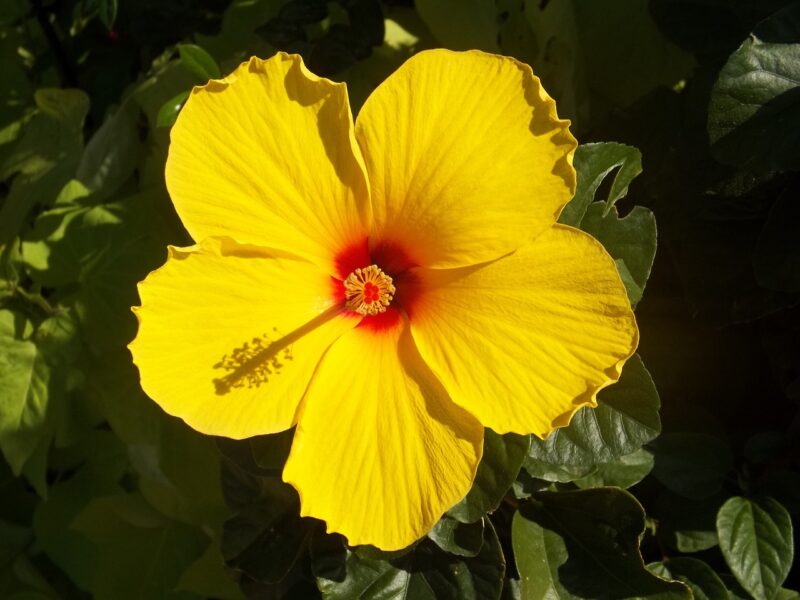
Once you’ve selected the ideal location for your hibiscus, it’s time to consider proper planting techniques to ensure a healthy start.
1. When to Plant
Timing is crucial when planting hibiscus. The best period to plant hibiscus is during spring after the danger of frost has passed. This allows the plant to establish its roots before facing the summer heat.
2. Preparing the Site
Preparation of the planting site impacts your plant’s growth and flowering. Begin by:
Clearing the Area: Remove any weeds or debris from the area where you’ll plant your hibiscus.
Soil Amendment: Test the soil pH. If it’s too acidic or too alkaline, you may need to amend it. A pH between 6.0 and 7.0 is ideal. Add compost to enrich nutrient levels, ensuring that the soil is loose and well-drained.
3. Planting Technique
Finally, here are the steps for planting hibiscus:
Digging the Hole: Create a hole that is twice the width and the same depth as the root ball.
Gently Remove from Pot: Be careful while removing the hibiscus plant from its pot to avoid damaging the roots.
Positioning: Place the plant in the center of the hole, ensuring the top of the root ball is level with the surrounding soil.
Filling the Hole: Backfill the hole with the original soil and water gently to eliminate air pockets.
Mulching: Apply a 2-3 inch layer of mulch around the plant to retain moisture and suppress weeds.
Watering: After planting, give your hibiscus a deep watering to help settle the soil.
Care After Planting: Ensuring Vibrant Blooms
After successfully planting your hibiscus, ongoing care is essential for encouraging lush growth and plentiful blooms.
Watering Practices
Hibiscus needs consistent watering, especially during dry periods. Here are some watering tips:
Soil Moisture: Focus on keeping the soil consistently moist but not soggy. A good practice is to water deeply, allowing the soil to dry slightly between watering sessions.
Container Care: For potted hibiscus, the soil will dry out more quickly. Check moisture levels regularly, as containers can heat through the bottom, affecting water retention.
Fertilization Strategies
To encourage robust growth and blooming:
Timing: Use a balanced fertilizer in early spring as new growth begins. Follow with monthly applications through the growing season.
Organic Options: Organic fertilizers can provide sustainable growth, promoting beneficial microorganisms in the soil.
Pruning and Maintenance
Regularly pruning your hibiscus will help maintain its shape, promote better air circulation, and encourage denser blooms.
Timing: Prune your hibiscus in early spring before the new growth starts. For tropical varieties, you can also prune after blooming to shape the plant as desired.
Technique: Remove any dead or weak branches first. Aim for a balanced look while allowing for airflow. Avoid cutting into old wood, as this may inhibit new growth.
Recognizing Common Issues: Pests and Diseases
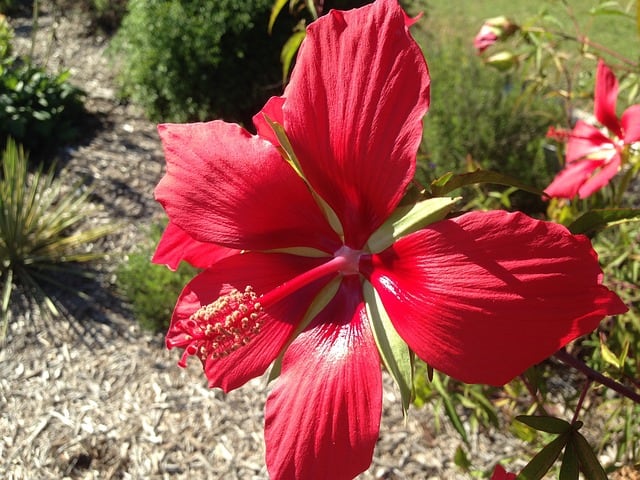
While hibiscus is relatively hardy, they can still be susceptible to pests and diseases, particularly in specific conditions or environments.
Common Pests
Some pests that may target hibiscus include aphids, whiteflies, and spider mites. Regularly inspect the leaves for signs of infestation:
Aphids: These tiny sap-sucking insects cluster on leaf undersides. They can be controlled naturally using insecticidal soap or a strong spray of water.
Spider Mites: If you notice fine webs and speckling on leaves, spider mites may be present. Increase humidity around your plant and consider using neem oil for control.
Potential Diseases
Hibiscus can also be affected by several diseases, mainly due to overwatering or poor air circulation.
Root Rot: Caused by overly moist soil, root rot can be serious. Ensure proper drainage and only water as needed.
Leaf Spot: Leaf spot diseases give rise to discoloration. Proper airflow and spacing between plants can help minimize this risk.
Conclusion: Bringing Hibiscus to Life in Your Garden
Planting hibiscus can truly transform your garden space into a vibrant oasis of color and life. By understanding the preferences and needs of different hibiscus varieties, selecting the right location, and committing to proper care, you can ensure these beautiful plants thrive in your outdoor space or patio.


